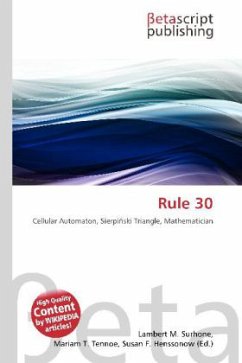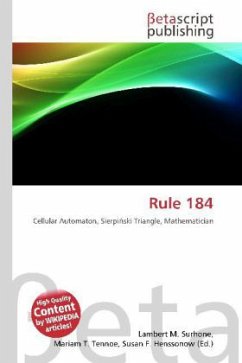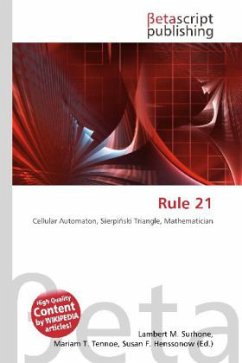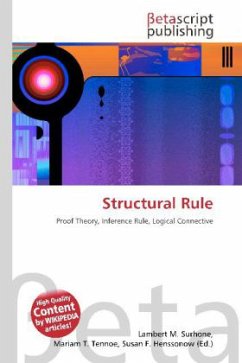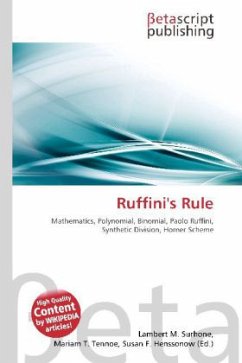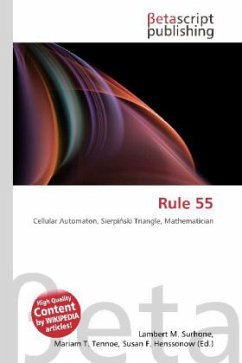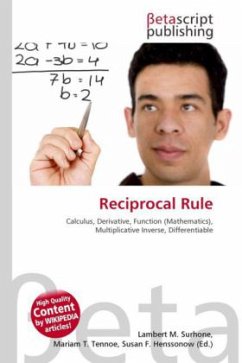Please note that the content of this book primarily consists of articles available from Wikipedia or other free sources online. Rule 30 is a one-dimensional binary cellular automaton rule introduced by Stephen Wolfram in 1983. Wolfram describes it as being his "all-time favourite rule" and details it in his book, A New Kind of Science. Using Wolfram''s classification scheme, Rule 30 is a Class III rule, displaying aperiodic, chaotic behaviour. This rule is of particular interest because it produces complex, seemingly-random patterns from simple, well-defined rules. Because of this, Wolfram believes that rule 30, and cellular automata in general, are the key to understanding how simple rules produce complex structures and behaviour in nature. For instance, a pattern resembling Rule 30 appears on the shell of the widespread cone snail species Conus textile. Rule 30 has also been used as a random number generator in Wolfram''s program Mathematica, and has also been proposed as a possible stream cipher for use in cryptography. However, Sipper and Tomassini have shown that as a random number generator rule 30 exhibits poor behavior on a chi squared test compared to other cellular automaton based generators.
Bitte wählen Sie Ihr Anliegen aus.
Rechnungen
Retourenschein anfordern
Bestellstatus
Storno

